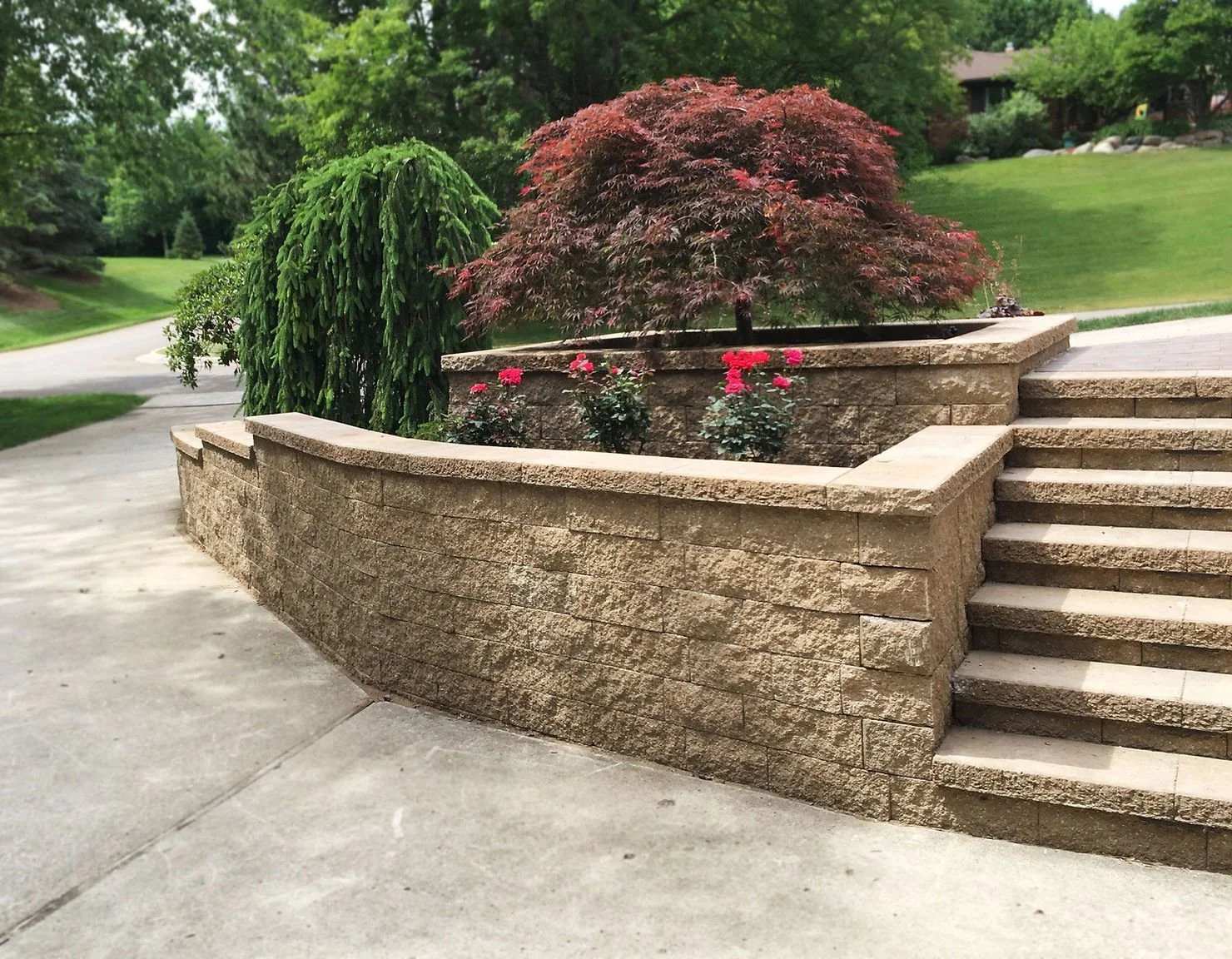The Visual Impact a Retaining Wall Has on Landscaping in the Northville, MI Area
Retaining walls are not just functional structures designed to hold soil in place; they can be a visually stunning addition to landscapes in the Northville, MI area. Over the years, the role of retaining walls has evolved from mere utility to an aesthetic feature. The following blog explores the different visual impacts a retaining wall can have on landscaping.
Creating Visual Interest Through Texture and Material
The materials used in a retaining wall can add texture and interest to an otherwise flat or monotonous landscape. Whether built from natural stone, brick, or concrete blocks, the retaining wall's surface can become a focal point, drawing the eye and creating a striking contrast with surrounding greenery or other hardscape elements. The choice of material can be coordinated with other features of the property, achieving a harmonious look or a bold statement, depending on the homeowner's preferences.
Enhancing Landscape Contours and Levels
Properties may vary greatly in topography. Retaining walls allow for the creation of distinct levels within a landscape, breaking up space and offering new opportunities for planting, seating, or water features. By defining different elevations, retaining walls can create a dynamic visual flow, leading the eye through the landscape and providing unique perspectives. This sculpting of the land adds depth and dimension, making the outdoor space more engaging.
Framing and Accentuating Garden Features
A retaining wall can also act as a frame or backdrop for specific garden features such as flower beds, trees, or sculptures. By positioning a retaining wall to highlight a particular area or object, it can accentuate the beauty of individual elements within the landscape. Whether used to surround a cherished plant or to create a backdrop for an outdoor art piece, retaining walls add a layer of design that enhances and focuses attention on specific areas.
Incorporating Functional Aesthetic Features
While primarily used to retain soil, retaining walls are often designed to include additional functional elements that add aesthetic value. Built-in seating, integrated lighting, or embedded planters are just a few examples of how retaining walls can be transformed from a simple structural component to a multi-functional design feature. These additions contribute not only to the wall's appearance but also to the overall functionality and enjoyment of the outdoor space.
Adding Color and Pattern to the Landscape
The choice of color and pattern in a retaining wall can significantly influence the visual impact on the landscape. Whether opting for a monochrome look or a colorful pattern, the design can be tailored to evoke a specific mood or style. A traditional red brick wall may offer a timeless appeal, while a bold mosaic pattern might lend a more contemporary or artistic flair. These choices in color and pattern provide an opportunity for personal expression and contribute to the character of the outdoor environment.
Providing Structure and Definition
Retaining walls are crucial in providing structure and definition to a landscape. They can delineate property boundaries, separate different garden areas, or guide foot traffic through the outdoor space. This sense of structure and order not only enhances visual appeal but also adds to the overall usability of the garden or yard. A well-designed retaining wall can transform an undefined or chaotic space into a cohesive and purposeful environment.
Incorporating Sustainability and Environmental Considerations
Retaining walls can be designed with sustainability in mind in various ways. Examples include creating spaces for native plants or designing walls to manage stormwater. These considerations not only have a positive impact on the environment but also add a layer of significance and appeal to the landscape.
Related: A Retaining Wall Opens Up Space for Plantings in the Beverly Hills and Livonia, MI, Areas

